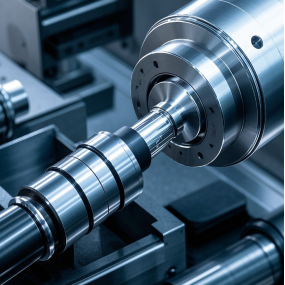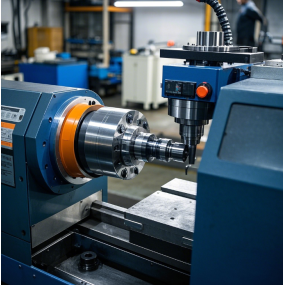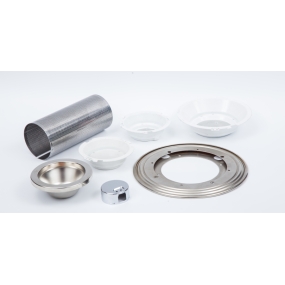Precision parts are processed very strictly. The processing steps include cutting tools, disassembly, etc. There are specific requirements for size and accuracy, such as plus or minus 1mm μ. If the wrong size, such as the quantity of M, is too large, it will become waste, which is equivalent to reprocessing. It takes time, destroys all the processed raw materials, increases costs, and components may also be unusable.
In precision machining of parts, the main dimensional requirements are strict, such as cylinder diameter. The positive and negative differences are only the qualified parts within the required range, otherwise they are irrelevant parts. The size is also strictly required. Both negative and positive differences require embedded cylinders (such as very simple basic components). When the diameter exceeds the allowable error range and is large enough, it cannot be inserted. If a specific diameter is small enough to exceed the negative limit of allowable error, insertion looseness and instability issues may occur. These are all non-conforming products. The length of the steel cylinder is too long or too short, which exceeds the allowable range and is unrelated goods that need to be scrapped or reprocessed, inevitably leading to an increase in costs.
In fact, the machining requirements for precision parts are the most important dimensional issue. Processing must be strictly carried out according to the attached diagram. The specific dimensions of the processing are difficult to match with the basic theoretical dimensions on the drawing. Only the processed dimensions meet the benchmark within the allowable deviation range. Therefore, the requirement for precision part machining is to strictly follow the basic theoretical dimensions for machining. Secondly, advanced precision machining machinery and inspection tools, as well as sophisticated production equipment, make it easier to process precision parts with higher precision and stronger actual results. The testing instrument can detect parts that do not meet the requirements, and all goods sent to customers can truly meet the requirements.



 Spanish
Spanish Arabic
Arabic Spanish Basque
Spanish Basque Portuguese
Portuguese Belarusian
Belarusian Japanese
Japanese Russian
Russian Icelandic
Icelandic Bulgarian
Bulgarian Azerbaijani
Azerbaijani Estonian
Estonian Irish
Irish Polish
Polish Persian
Persian Boolean
Boolean Danish
Danish German
German French
French Filipino
Filipino Finnish
Finnish Korean
Korean Dutch
Dutch Galician
Galician Catalan
Catalan Czech
Czech Croatian
Croatian Latin
Latin Latvian
Latvian Romanian
Romanian Maltese
Maltese Malay
Malay Macedonian
Macedonian Norwegian
Norwegian Swedish
Swedish Serbian
Serbian Slovak
Slovak Slovenian
Slovenian Swahili
Swahili Thai
Thai Turkish
Turkish Welsh
Welsh Urdu
Urdu Ukrainian
Ukrainian Greek
Greek Hungarian
Hungarian Italian
Italian Yiddish
Yiddish Indonesian
Indonesian Vietnamese
Vietnamese 简体中文
简体中文 Haitian Creole
Haitian Creole









